Fine dining is harking back to its rustic and raw roots, as chefs go beyond charred and start putting burnt dishes on the menu. “After years of people celebrating very fussy and fine foods with lots of techniques, there’s now a general trend in rustic food coming back in style,” Molly Baz, senior associate food editor at Bon Appétit, tells JWT Intelligence.
From accident to art—chefs turn up the heat by burning food to reach new levels of flavors, textures and an alluring aesthetic.
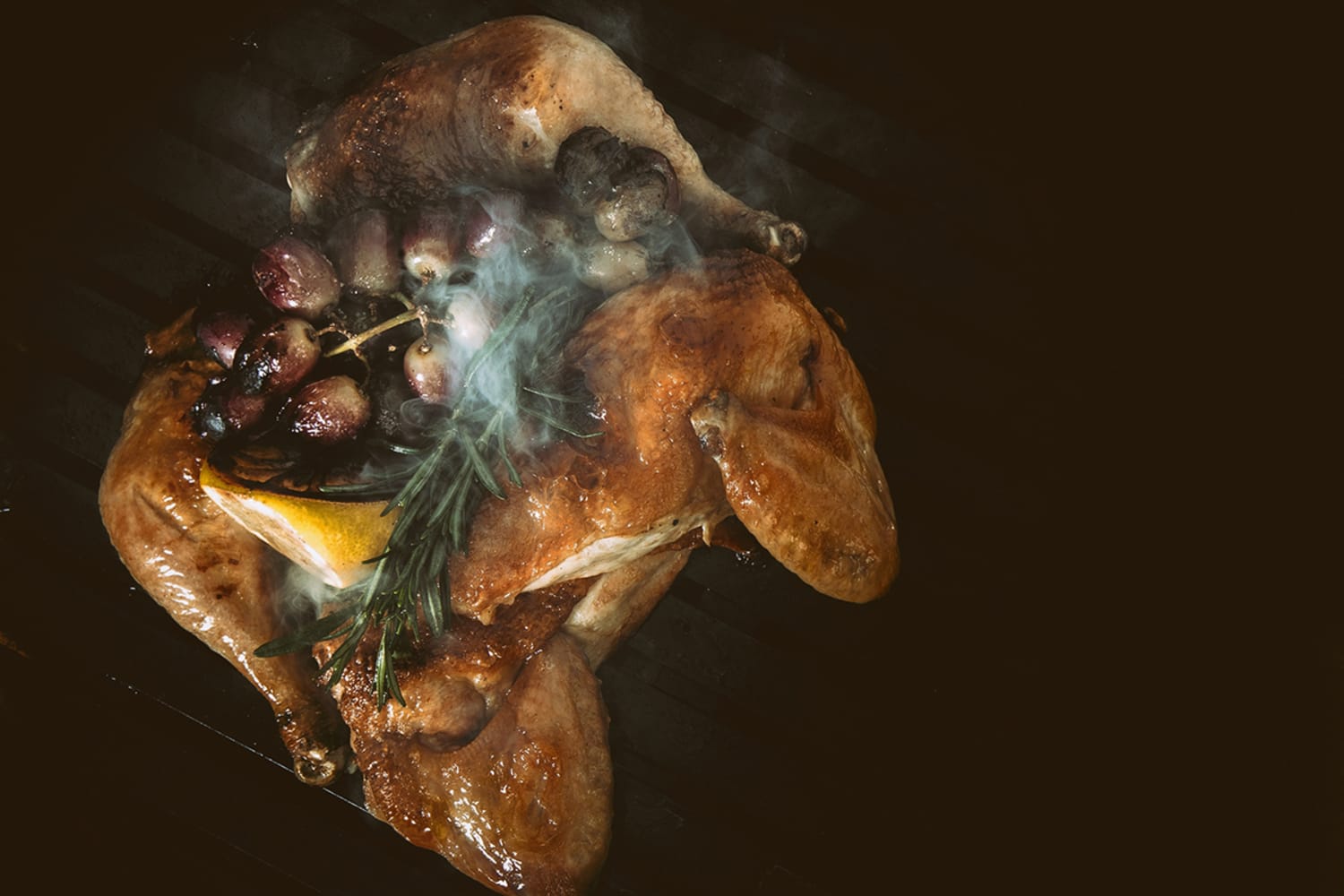

Patagonian chef Francis Mallmann is notorious for cooking in open fires, taking meats, seafood, fruits and vegetables to what he calls “the uncertain edge of burnt.” Mallmann has implemented this style of cooking in his nine restaurants around the world, including Los Fuegos at Faena Hotel Miami Beach, which houses both indoor and outdoor fire kitchens. The South American chef has arguably made open fire cooking a theatrical experience, mixing simplicity and ruggedness with sophistication and beauty.

Michelin star-adorned chefs around the world are experimenting with the art of burnt cuisine, elevating the rustic style of cooking. Michelin three-star restaurant Osteria Francescana in Modena, Italy introduced a dish called Burnt to its menu in January 2018. The dish not only uses burnt ingredients but also visually references the burnt aesthetic with a deep, dark and dramatic plate containing fish and raw squid served in a jet-black broth of squid ink and burnt lemon.
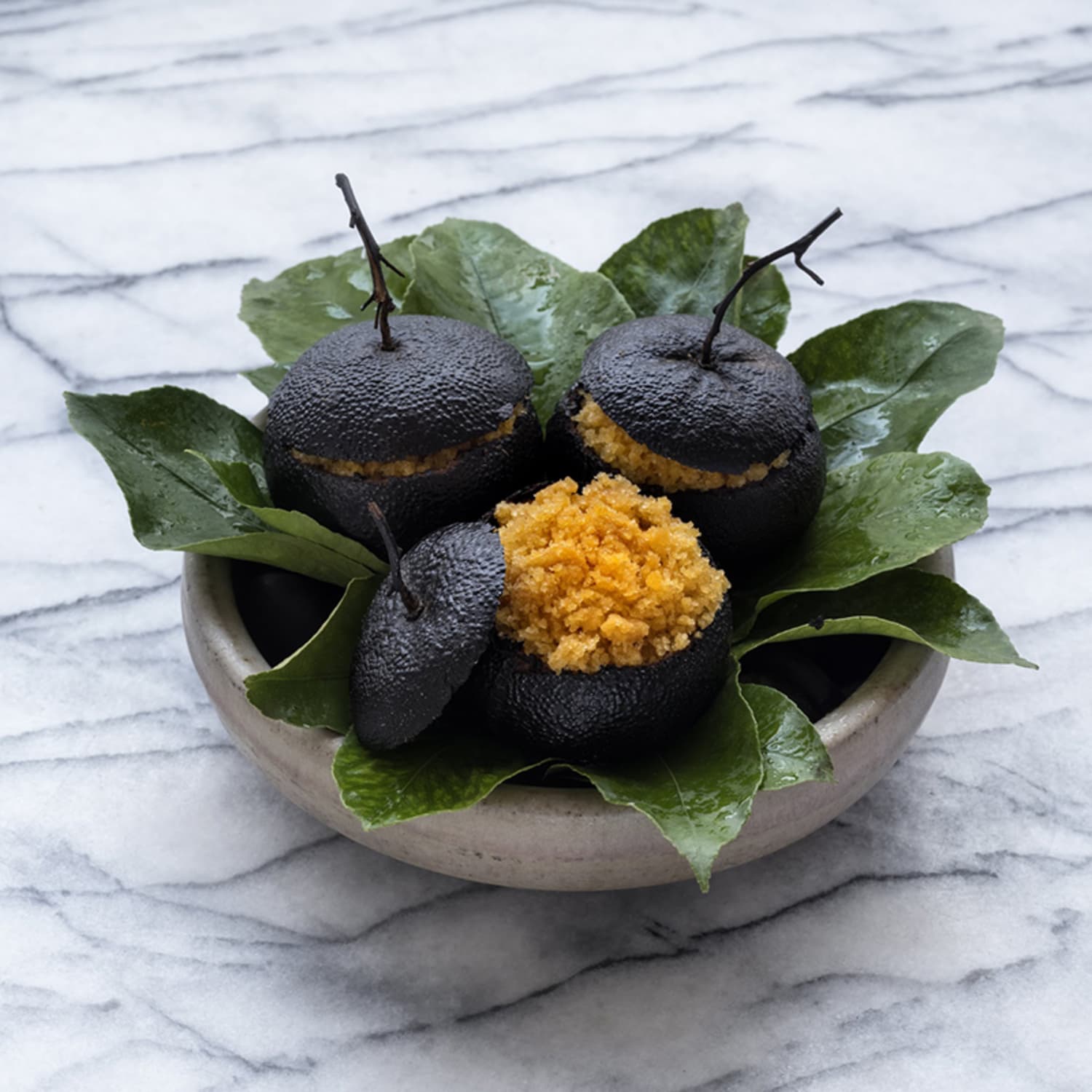
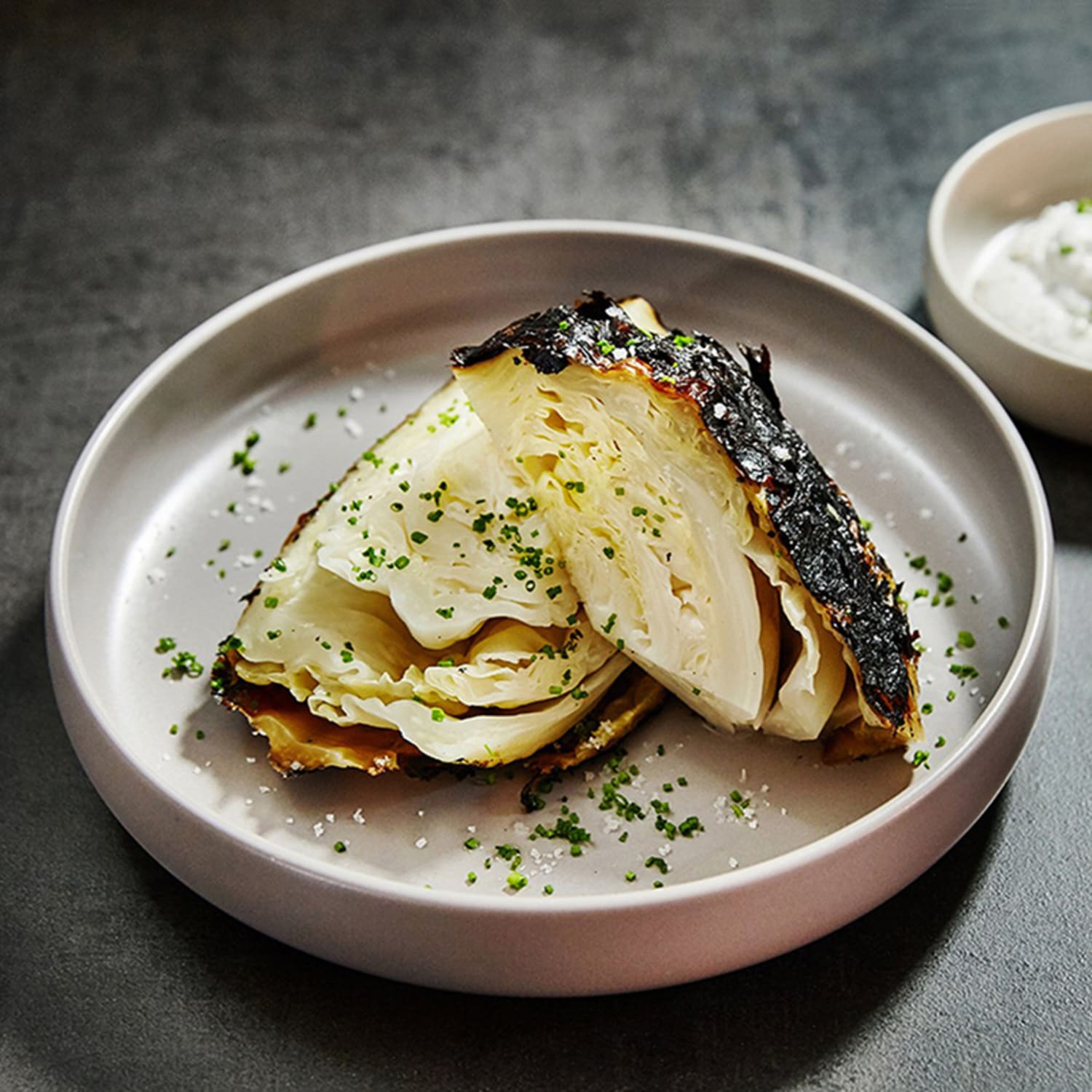
London-based restaurant the Clove Club, which earned its Michelin star in 2014, has its perennially popular Burnt Clementine Granita with Buttermilk Mousse. The dish originally hit the menu in January 2014 and reappears every January when the citrus season kicks off. Charcoal in Los Angeles, owned and run by two-star Michelin chef Josiah Citrin, is renowned for their Cabbage Baked in Embers side dish, featuring a cabbage wedge roasted on coals until the outside is crisp and crumbly and the inside is soft and sweet.
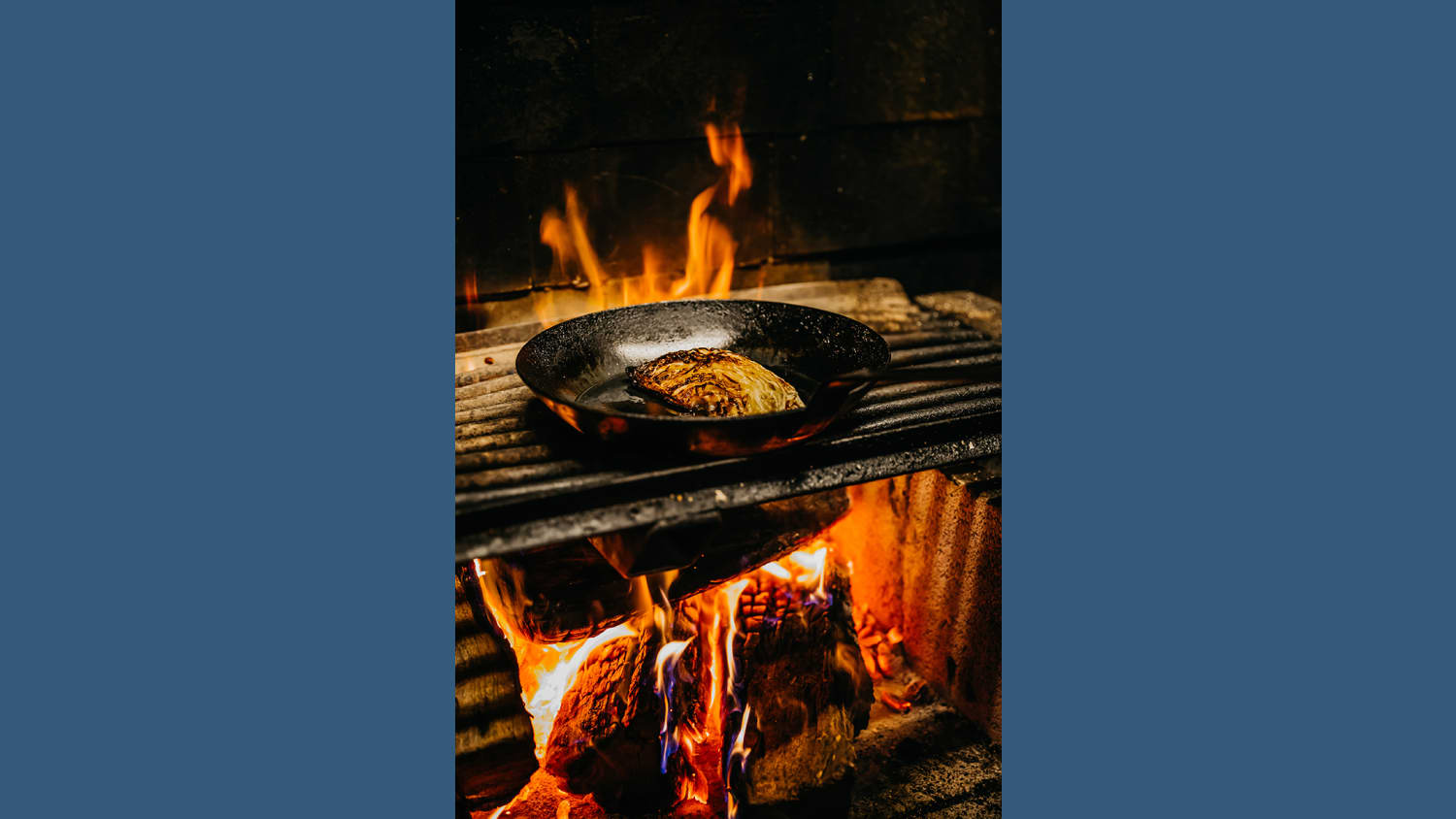
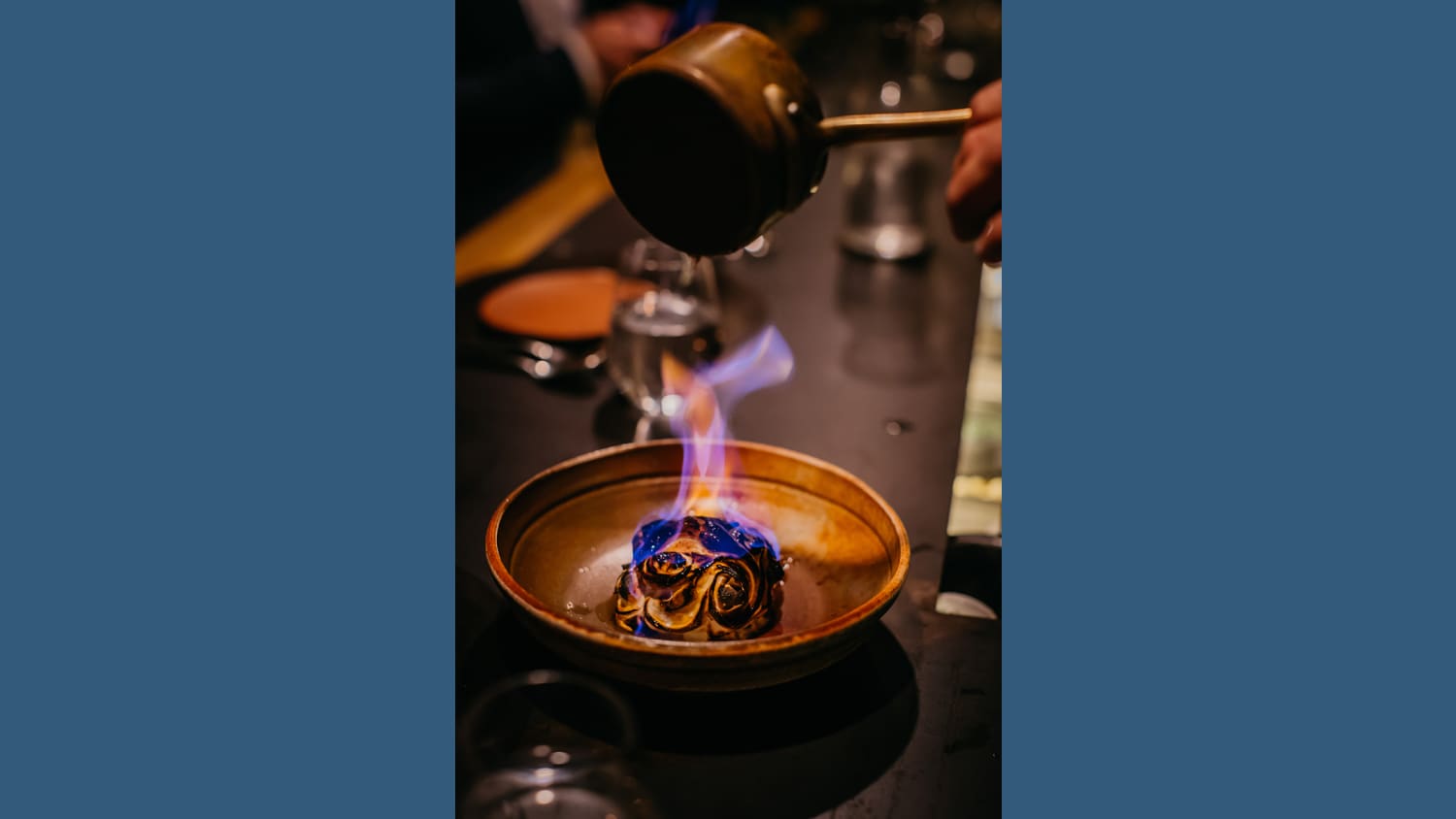
In Sydney, Australia, the majority of vegetables at Firedoor are served burnt and crispy on the outside while retaining a sweet and vibrant interior. Led by owner and chef Lennox Hastie, the restaurant is renowned for its open-plan wood fire kitchen. The ingredients are roasted in embers until their natural flavors reach an optimal balance. “The art of burning is a fine line that balances the bitter and the sweet,” Hastie tells Vogue.
This harmony of bitter and sweet flavors lends itself well to desserts, too. Earlier this year Bloomberg coined the Basque cheesecake “the hottest dessert of the year.” The burnt cheesecake originated in Spain’s San Sebastián in the 1970’s and has recently begun cropping up in bakeries and recipes across the US. New York-based Dominique Ansel, the chef and eponymous bakery of cronut fame, serves three different cheesecakes for its after-hours tasting menu, one of which channels the San Sebastián style with a dark brûléed crust. And for those wanting to try their own hand at the burnt dish, Bon Appétit’s Baz mastered and published a simple Basque cheesecake recipe in January 2019.

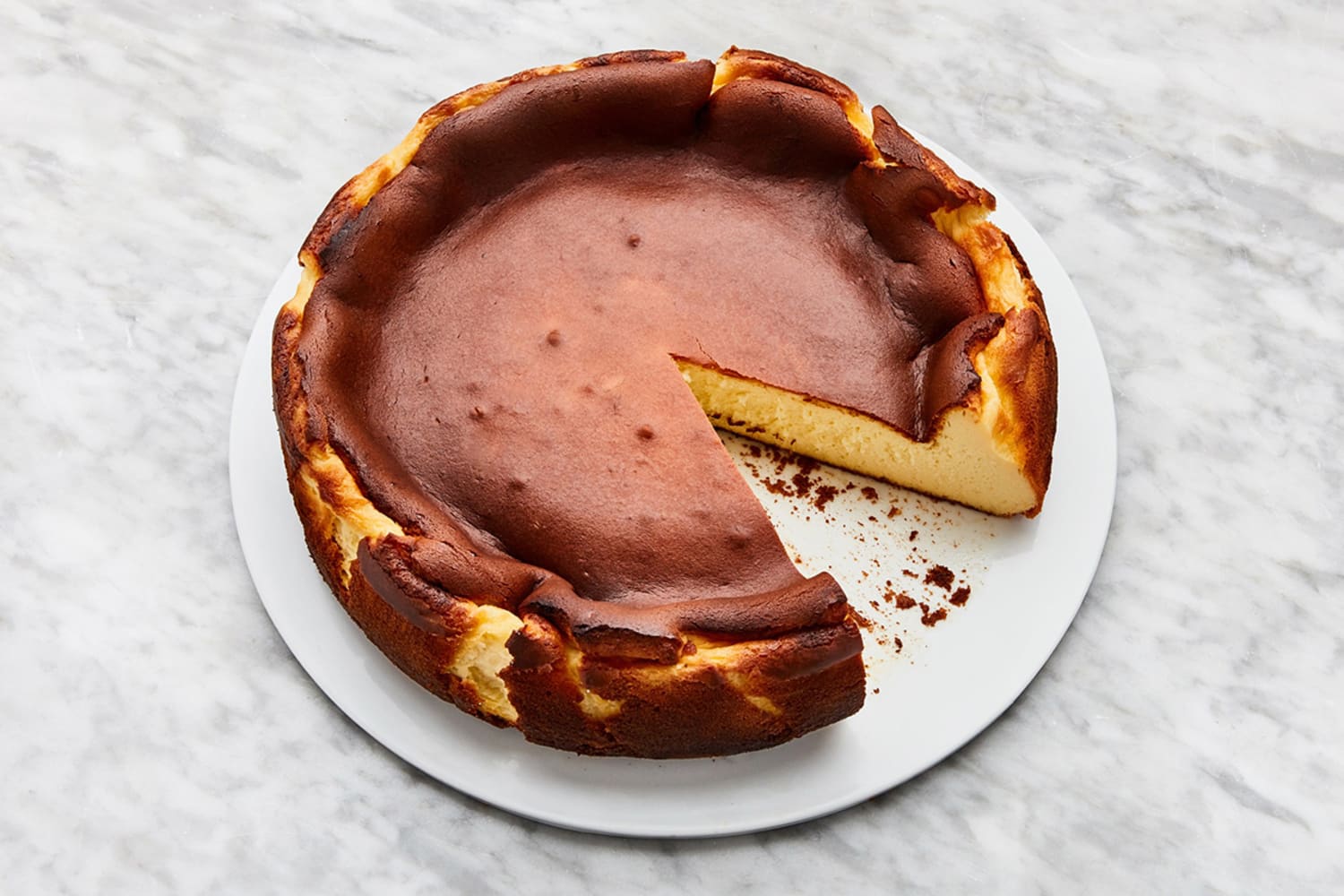
Taste and textures aside, dark and mysterious burnt exteriors – which are often juxtaposed with a bright and fresh interior – are starting to make waves on Instagram. “I think there is something shocking about seeing something burnt,” says Baz. “It’s very graphic and dynamic and different.” The rustic style of cooking over a live fire adds a certain “unpredictability,” according to Baz. “There is something liberating about cooking in live fire,” she explains. “Now, it feels like chefs are taking food as far as they can in terms of flavor and development and that’s being celebrated.”
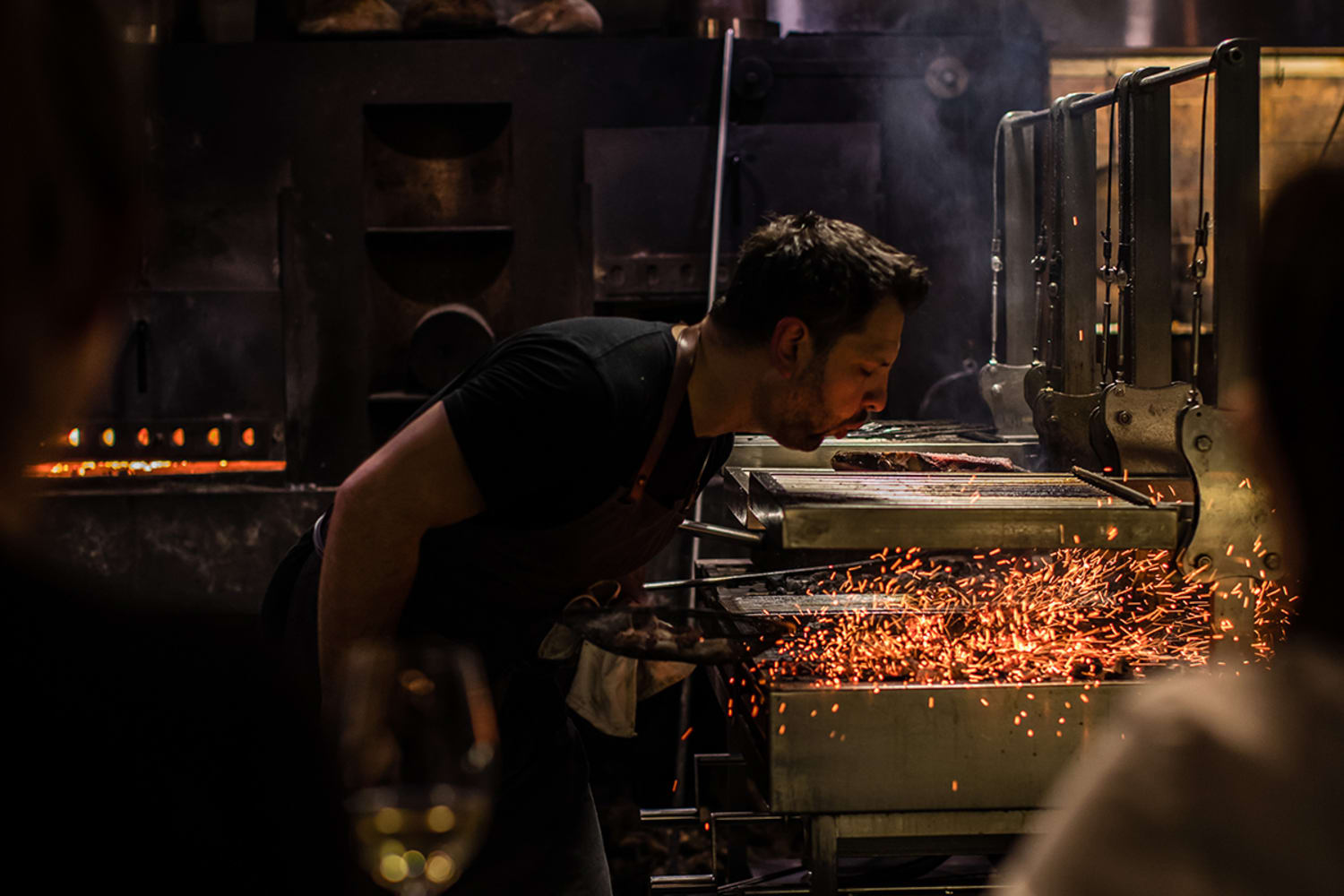
Please provide your contact information to continue.
Related Content

VML Prague and KitKat offers a digital break with its new "Phone Break" campaign

